“To these linguistic puppet masters, language is just a collection of words devoid of any objective standards. In the same way, we can’t hang a beautiful picture on the wall if the nail is bent and hammer damaged, we can’t acquire and disseminate knowledge if the tool of language is sabotaged and turned into psycho-babble.”
https://thechalkboardreview.com/latest/how-crt-corrupts-language-and-learning
Jeff Frankel Published this first on his personal blog.
“Critical Race Theory (CRT) has dominated the headlines in recent months, even to the point of being a key issue in determining the outcome of recent political elections. In this essay, I will not describe CRT at a very in-depth level, as there are many resources out there for an in-depth description of the theory and application in K-12 schools. My main focus will be to illustrate the specific nature of the cognitive destruction that CRT (or any form of Critical pedagogy) brings upon a young mind, and explore the best way to counteract it. To give a proper context to this, we need to begin by familiarizing ourselves with the way knowledge is acquired and how that relates to the overall goal of education.
“Humans are unique among all other animals in that our means of survival depends on our ability to manipulate the environment to best suit our needs. It quickly becomes evident that we must engage in a deliberate action to create the things we need to survive. We have to build shelter, manufacture clothing and purify water just to name a few. It is crucial to note that none of the aforementioned components needed for survival is perceptually obvious. The only means for us to accomplish these tasks is by operating at a relatively high level of abstract thought while amassing a wealth of prior knowledge, and the only way that knowledge can be communicated is through language. The key takeaway here is that acquiring knowledge is not an end in itself, it is the means of dealing with reality via the use of language.
“Learning is by its very nature, an inductive process. In its most basic form, this means that we begin with observing many instances of an object, and based on essential similarities, we eventually arrive at conclusions and generalizations about the nature of what we are studying. For a simple example, imagine a young child seeing many instances of things that ‘bark and wag their tail,’ but at the same time the child also notices that each of these ‘things’ has different features and characteristics. Given enough examples, what this beginning inducer will soon realize is that despite these differing features, they are all essentially similar enough to be classified as the same thing: ‘dog.’ Once we arrive at the concept of dog, we now have a method that allows general knowledge of ‘dogs’ that we can use and apply going forward. Eventually, we will be able to compare dogs to cats, and then integrate dogs and cats as animals when compared to trees and so on.
“At a certain point, we have enough information to go the opposite direction in the learning process: we use our already established generalization to make an inference regarding a new observation. This is what we call propositional knowledge, as presented in the general form of ‘S is P’. Some basic examples are “A robin is a type of bird” and “Lassie is a dog.” This process is called deduction. If performed logically, deduction becomes the application of inductive knowledge. Continuing with the ‘dog’ example above now firmly established in our mind, we are now able to classify a new instance of “this thing that barks and wags its tail” as a dog.
“This continuous back-and-forth process of making generalizations from observable data (induction) and then using those generalizations to classify new instances (deduction) is the essence of learning. As our body of knowledge steadily grows, the inductions get more complex. Within any context of knowledge, simple generalizations eventually turn into theories and abstract principles, while our deductions become more detailed and precise. As a student accumulates a vast sum of knowledge by following this cycle over years, they will eventually become a confident, independent, logical thinker.
“When a student’s mind is guided in the right direction, they will seek to gain a clear and logical understanding of important subject material, ask the right questions, and aim to connect new knowledge with their other relevant knowledge. Given how important it is for students to keep a reality-based orientation in their mind as they learn new material, it is at the point of induction where corrupt teaching practices such as CRT and other critical pedagogies become the most damaging.
“To get a sense of how implementing CRT attacks the inductive process in a child’s mind, let’s first review the opening paragraph of one of the most influential books on CRT:
““The critical race theory (CRT) movement is a collection of activists and scholars interested in studying and transforming the relationship among race, racism, and power. The movement considers many of the same issues that conventional civil rights and ethnic studies discourses take up, but places them in a broader perspective that includes economics, history, context, group- and self-interest, and even feelings and the unconscious. Unlike traditional civil rights, which embraces incrementalism and step-by-step progress, critical race theory questions the very foundations of the liberal order, including equality theory, legal reasoning, Enlightenment rationalism, and neutral principles of constitutional law.”
“Let me preface by stating that I believe it is vital for students to be taught about the racism in our country’s history, but it should be put in the proper factual context, and not spun for any political or ideological reasons. However, when we explore the above text, it becomes obvious that understanding and putting into context actual instances of racism is of no interest to the authors. It surely is no coincidence that the authors make explicit that the movement is notably a collection of activists (listed first) and scholars. First and foremost notice how there is no mention of anything remotely close in this opening section with regards to intellectual training, acquiring knowledge of reality, or presenting a coherent scientific theory based on empirical evidence. It is even plausible to say that “questioning the very foundations of the liberal order” is purposely intended to derail the learning process altogether.
“The main mechanism by which CRT disarms the mind of students is through the perversion of language. All forms of critical pedagogy (CRT is no exception) believe that language, specifically concepts, is simply the result of agreed-upon social conventions with no meaning in reality. In an immensely clever approach, they capitalize on the unclear boundaries of key buzzwords (such as diversity, equality, and privilege) and quite literally take over the use of language to serve their ideological purpose. To these linguistic puppet masters, language is just a collection of words devoid of any objective standards. In the same way, we can’t hang a beautiful picture on the wall if the nail is bent and hammer damaged, we can’t acquire and disseminate knowledge if the tool of language is sabotaged and turned into psycho-babble.
“The real damage to the student comes in when these empty buzzwords come to dominate school curriculum. This is becoming increasingly more evident across all major subject disciplines. These include literature, history, and even math and science. When this happens, the key discoveries and essential facts in all of these crucial subject disciplines are now completely distorted to conform with progressive politics and ideology. The result is that understanding and grasping facts of reality is no longer of any importance.
“Remember that induction is the process of linking the student’s mind to the facts of reality via developing generalizations, theories, and principles. If a student is intentionally obstructed in the process of ascribing higher-level generalizations and conclusions directly to observations, which is precisely what the CRT advocates sponsor, rational thought can no longer be the guide of actions and values. And once rational thought is removed from the realm of actions and values, the only thing left to guide a student is emotions and deference to the tribalism of the group. With their intellectual ammunition disarmed, young minds are ripe to be propagandized to and necessarily will be swayed with compelling narratives rather than facts.
“This is what makes implementing CRT immoral to young students at a time in their intellectual development when they are most susceptible to its effects. Until a more rational approach to education is adopted, the system will continue to churn out angry, anxious, and most of all uneducated students.”
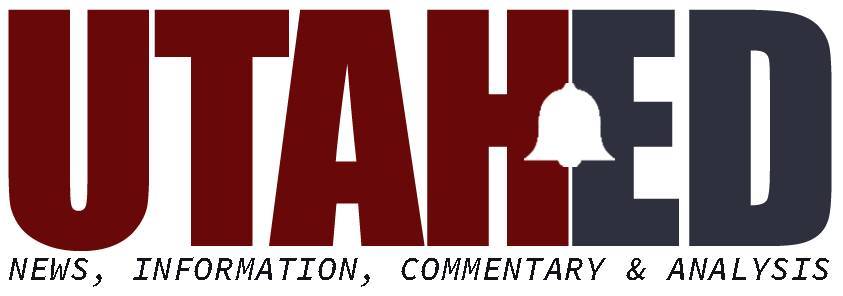
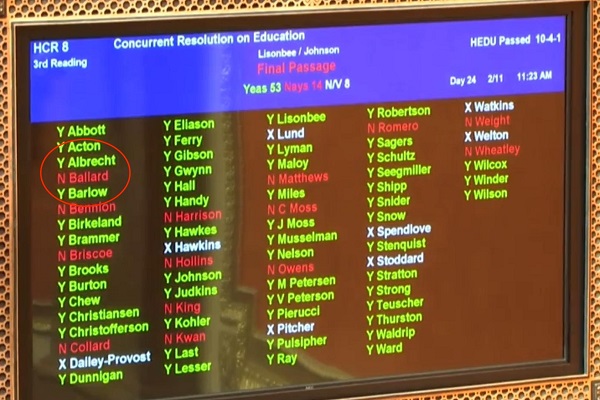
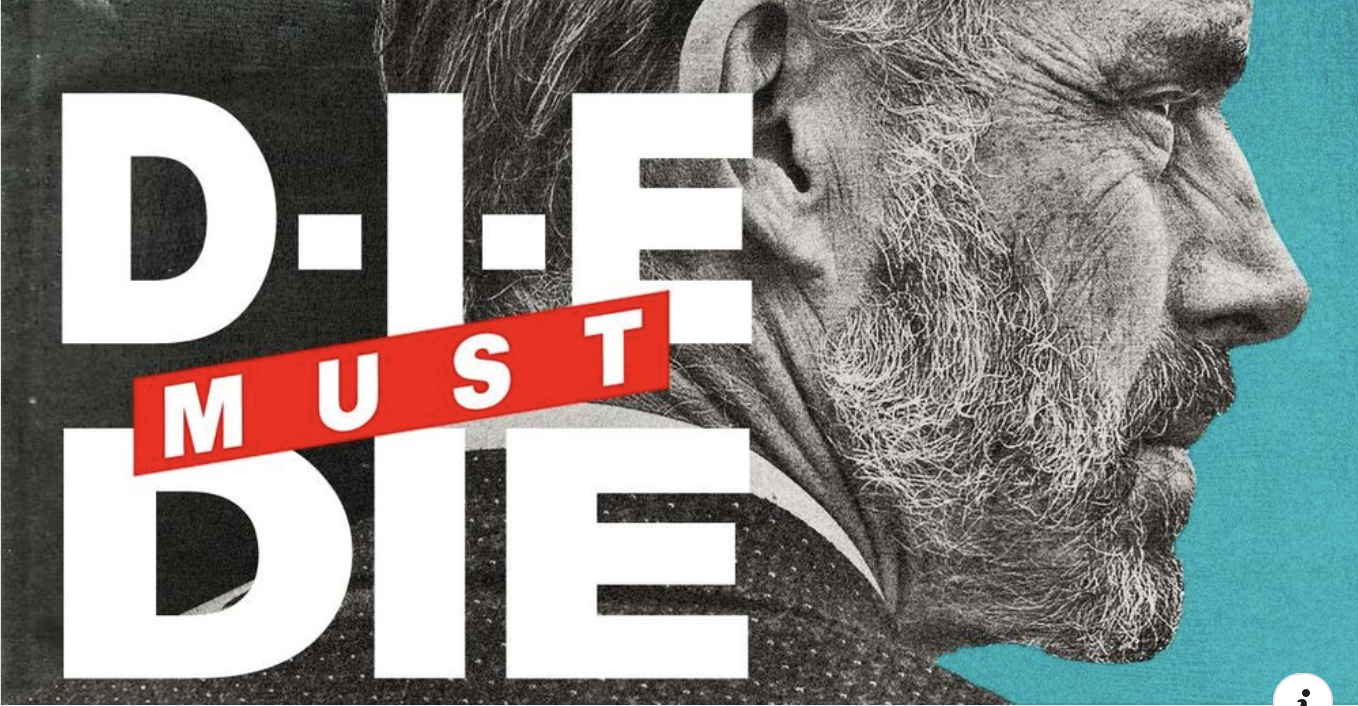
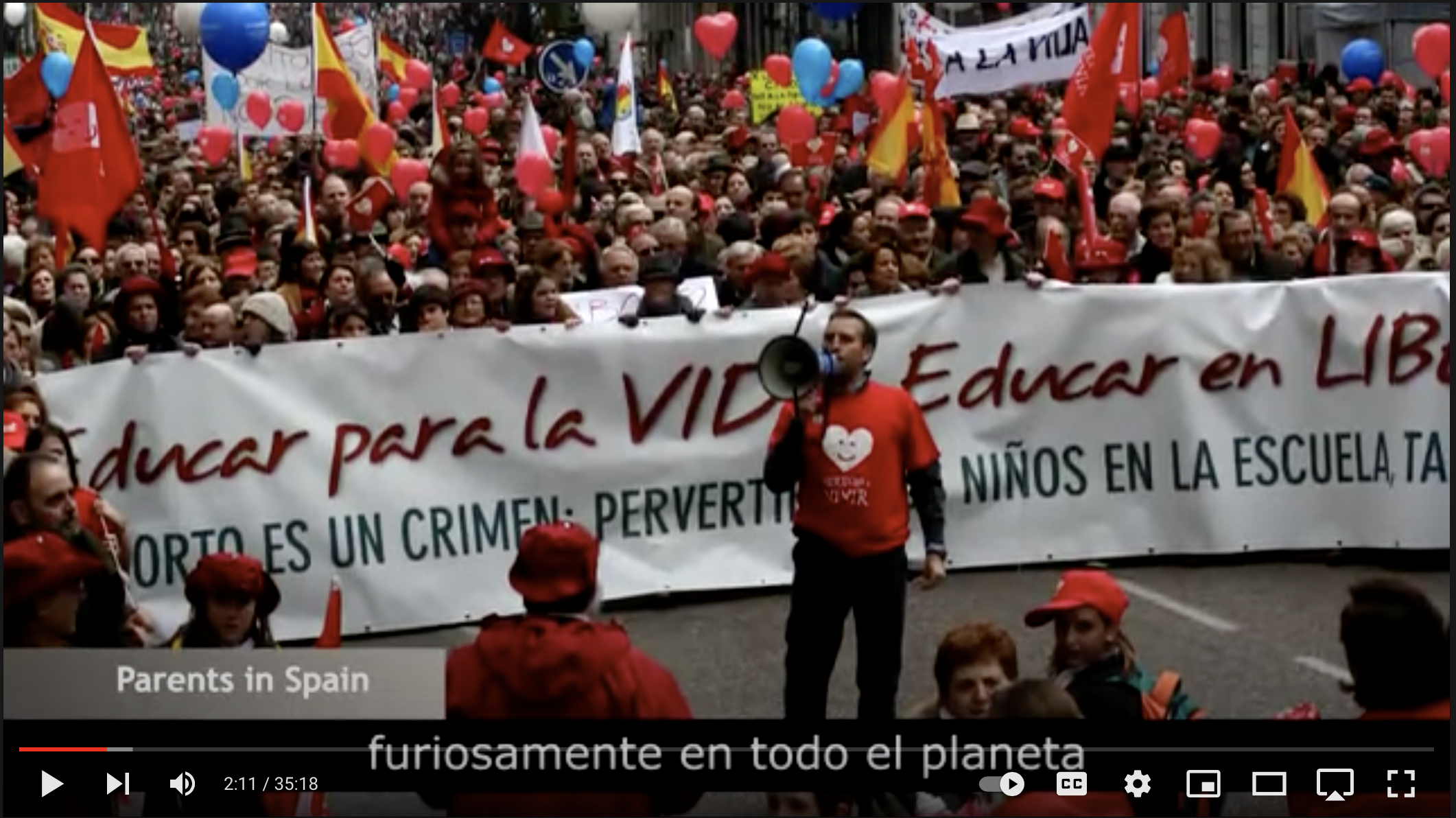
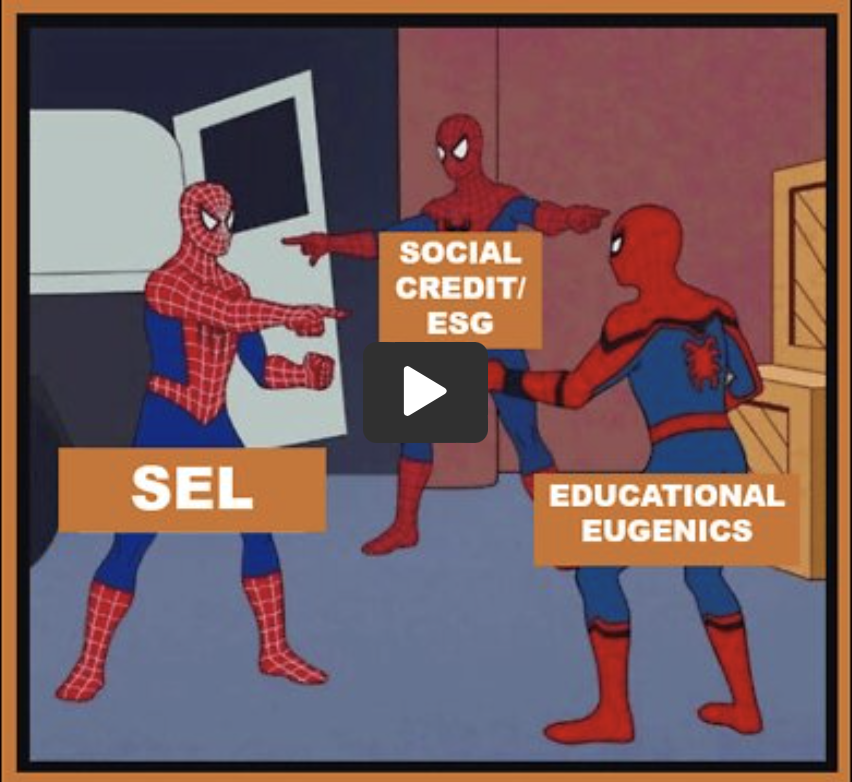
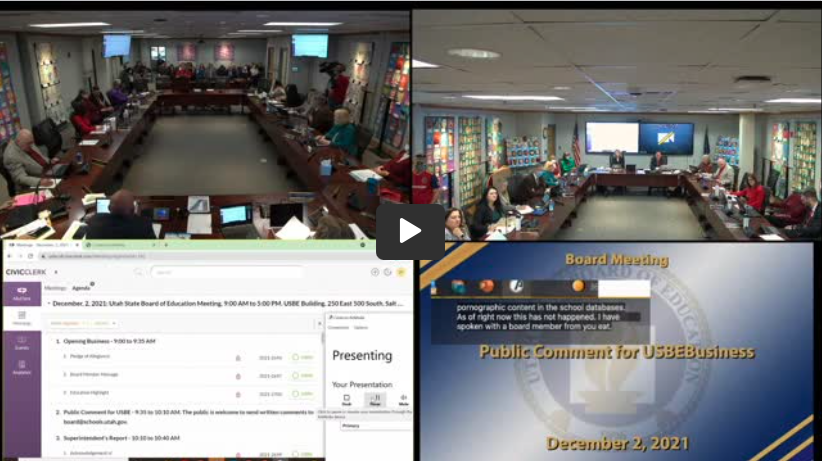
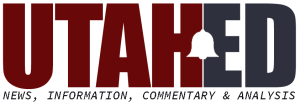 Periodically in your inbox. Subscribe Below.
Periodically in your inbox. Subscribe Below. 